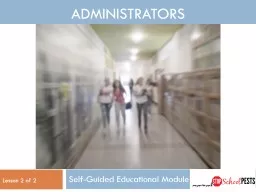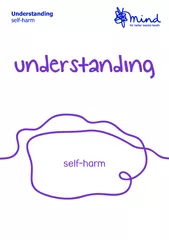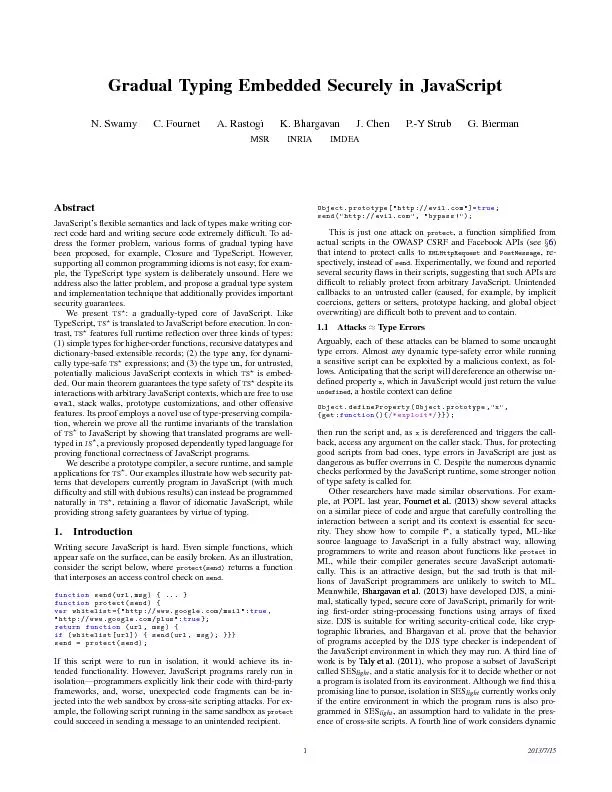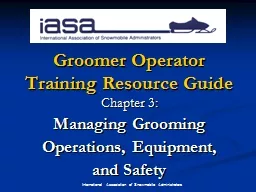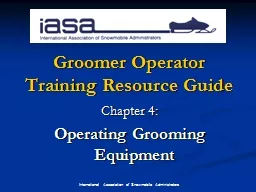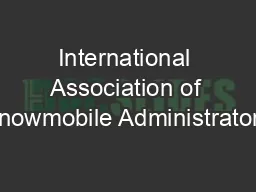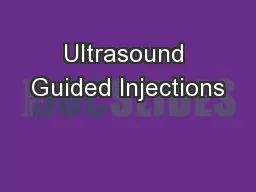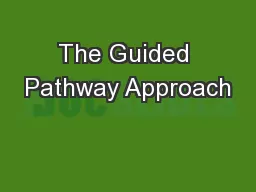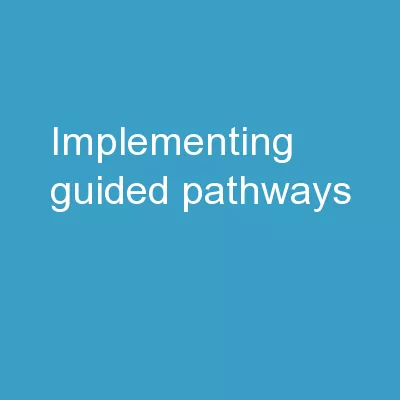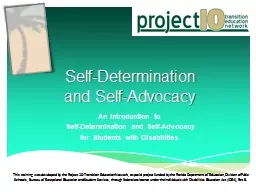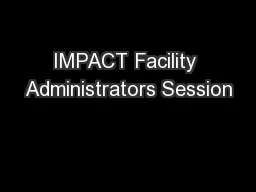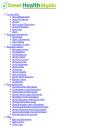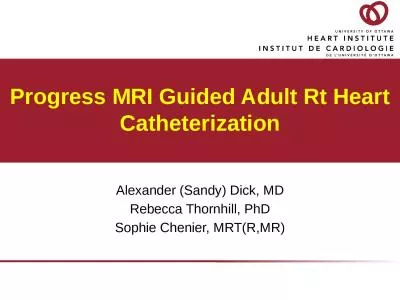PPT-administrators Self-Guided Educational Module
Author : tatyana-admore | Published Date : 2020-01-31
administrators SelfGuided Educational Module Lesson 2 of 2 Describe key elements of coordinating an IPM policy and plan including Development implementation and
Presentation Embed Code
Download Presentation
Download Presentation The PPT/PDF document "administrators Self-Guided Educational M..." is the property of its rightful owner. Permission is granted to download and print the materials on this website for personal, non-commercial use only, and to display it on your personal computer provided you do not modify the materials and that you retain all copyright notices contained in the materials. By downloading content from our website, you accept the terms of this agreement.
administrators Self-Guided Educational Module: Transcript
Download Rules Of Document
"administrators Self-Guided Educational Module"The content belongs to its owner. You may download and print it for personal use, without modification, and keep all copyright notices. By downloading, you agree to these terms.
Related Documents

